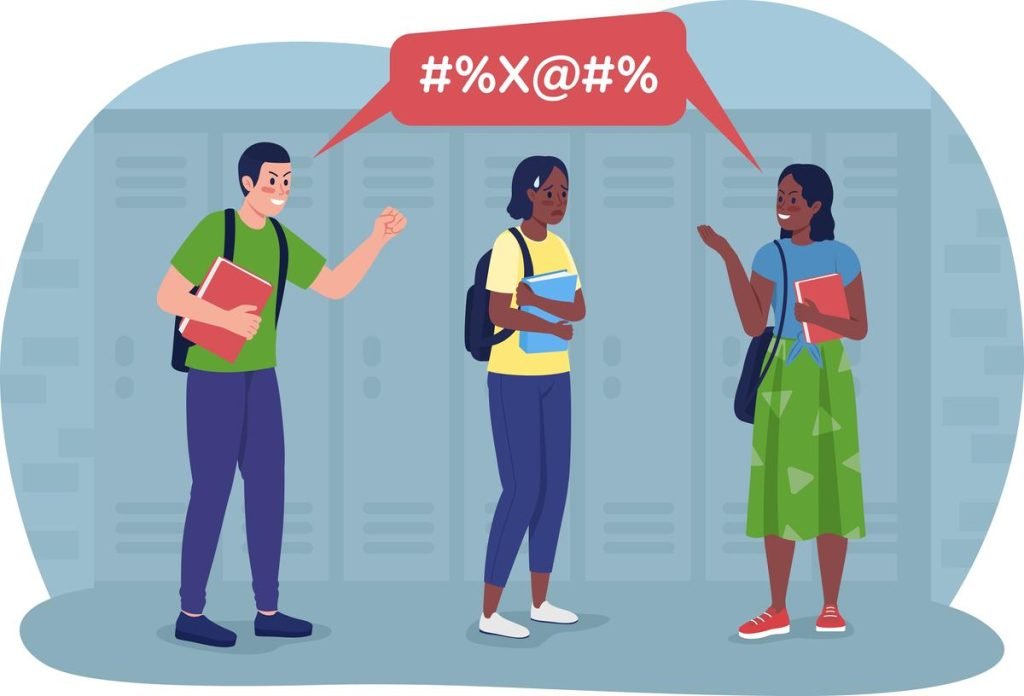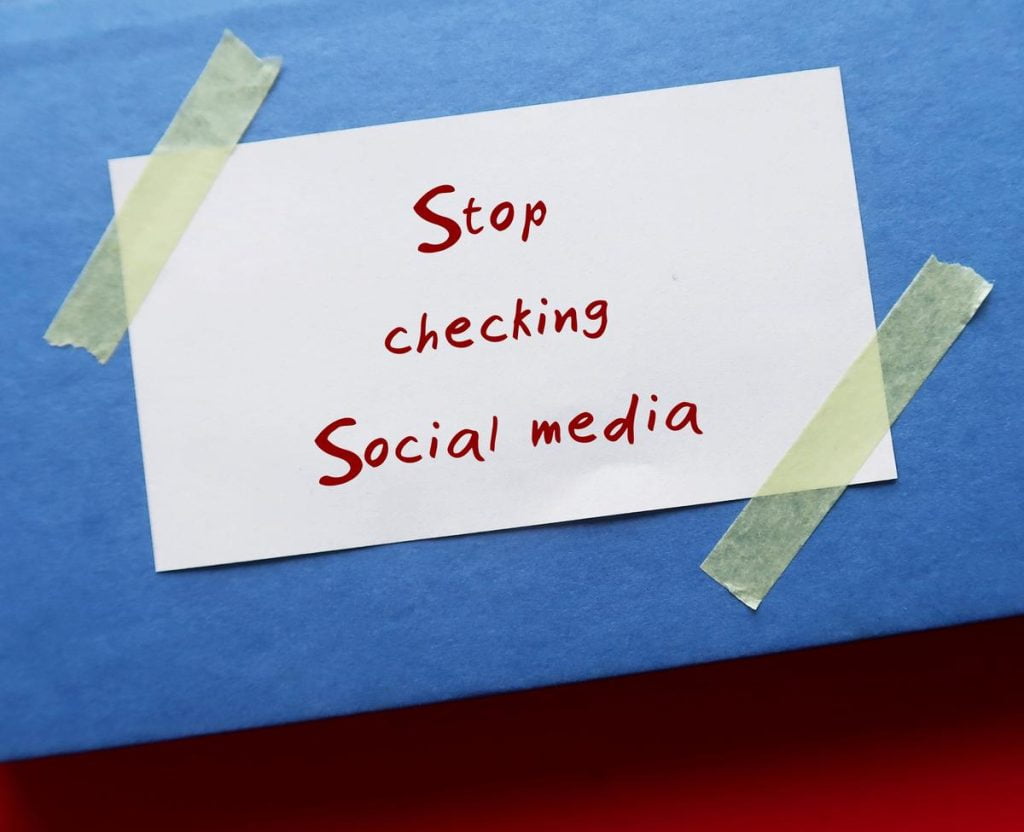Table of Contents
Introduction
Teenagers are at a crossroads in their life, with rapid physical, emotional, and cognitive changes. Decision making is one of the most important parts of this period. Adolescents face an abundance of options on a daily basis, ranging from academic and social decisions to more sophisticated ones including harmful behaviours and future objectives. These decisions have a huge impact on their development and future possibilities.
It is important to note, however, that not all teenagers approach this decision making process in the same manner. Low self esteem, which is common among adolescents, can have an important effect on how youth make decisions. Low self-esteem can intensify the impact of external events, making it more difficult for teenagers to make educated and positive decisions. In this article, we will investigate the complex connection between poor self esteem and adolescent decision making, as well as why low self-esteem intensifies the impact of diverse influences on their choices.

Understanding Self Esteem and Decision Making
Before getting into the complexities of how low self-esteem influences adolescent decision making, it’s essential to understand these two core concepts separately.
Self Esteem:
Self-esteem is a person’s overall subjective emotional assessment of their own value. It includes confidence, self-acceptance, and self-respect. It is important in shaping a person’s thoughts, feelings, and behaviours. Low self-worth is related with feelings of inadequacy, self-doubt, and a negative self-image, whereas high self-worth is associated with positive mental health and well-being.
Decision Making:
Decision making is a cognitive process that entails picking a plan of action from a number of options. It is an acquired ability that is influenced by a range of internal and external elements such as personal values, emotions, peer pressure, family dynamics, and society conventions. Adolescents are frequently faced with difficult and varied decisions that might have long-term implications.
Let’s look at how these two ideas overlap in the context of adolescent decision making.
The Influence of Low Self Esteem on Teen Decision Making
Low self esteem can have a significant impact on how kids make decisions, increasing the impact from multiple external influences. Here are a few important ways that poor self-esteem influences their decision making process:
1. Exposure to Peer Pressure
Teenagers who have poor self-esteem are more susceptible to social pressure. To compensate for their own problems, they may seek external validation and acceptance from other people. This increases their tendency to participate in dangerous behaviours or make decisions that correspond with their social circle, even if such choices are not in their best interests. To fit in, they may experiment with drugs or alcohol, or participate in criminal actions.

2. Social Separation and Fear of Rejection
Low self esteem might increase one’s fear of rejection and social isolation. Teens with poor self-esteem may avoid making decisions that could result in social rejection. This dread can make them hesitant to speak their own thoughts, take chances, or pursue their own personal ambitions. As a result, people may comply to cultural standards and expectations, even if those norms may not reflect their true selves.
3. Self-Doubt and Negative Self-Talk
People who have poor self esteem frequently indulge in negative self-talk and self-doubt. When confronted with a decision, individuals may doubt their ability and worthiness, resulting in heightened anxiety and indecision. This inner turmoil might make it difficult for them to make clear, confident judgements, leading to procrastination or avoidance.
4. Goal Setting and Limited Aspirations
Low self esteem might hinder a teen’s aspirations and ability to create goals. Due to a lack of self-belief, they may have low expectations for themselves, resulting in decisions that do not challenge or push their potential. This can have long-term ramifications for their academic and career choices, resulting in missed opportunities for personal growth and achievement.
5. Self-Destructive and Dangerous Behaviours
Teenagers with poor self esteem may engage in self-harming behaviours that endanger their well-being. These behaviours can take many forms, including using drugs, self-harm, and involvement in faulty relationships. These detrimental decisions can further destroy their self-esteem, creating a tough to break deadly cycle.
The Interaction of External Influences
While poor self esteem can have a substantial influence on juvenile decision making, it is critical to recognize that other factors also play a role. These outside influences can amplify the impact of poor self esteem on their choices.
1. Peer Influence and the Media
Teenagers’ opinions and decisions are heavily influenced by media, including social media. Adolescents with poor self esteem may be especially vulnerable to media messages and social pressure. They may want to imitate the idealized images and lives they see in the media, even if it means making unhealthy decisions. For example, they may engage in severe diets or cosmetic operations in order to meet unrealistic beauty standards.

2. Family Relationships
Family relationships and parental expectations can have a significant impact on a teen’s decision making process. Teenagers with poor self-esteem may struggle to meet their parents’ expectations or seek their favour in order to compensate for their perceived flaws. This can lead to decisions that are more in line with their parents’ desires than with their own actual desires.
3. Academic Stress
The academic atmosphere can put a lot of pressure on kids, influencing their decisions. Those who have poor self esteem may make decisions out of fear of failing or disappointing teachers and parents. This can result in academic choices that are not in line with their genuine interests and talents, limiting their personal and intellectual development.
4. Relationships between other people
Peer interactions are extremely important in the lives of teenagers. Adolescents who have poor self-esteem may create interactions with classmates that promote their poor opinions of themselves or participate in risky activities. These peer relationships can compound their decision-making difficulties, leading to a cycle of poor decisions.
5. Expectations in Society
Teenagers can feel enormous pressure from societal norms and expectations. Those who have poor self-esteem may adapt to these norms in order to fit in and receive external approval. This can lead to choices that are at odds with their genuine values and objectives, further damaging their self-esteem.
Breaking the Cycle of Low Self-Esteem in Adolescents
While the relationship between poor self-esteem and decision-making in teenagers can be difficult to understand, it is critical to recognise that it is not hopeless. Several tactics and interventions can help teenagers with low self-esteem make more positive and informed decisions:
1. Self-Esteem Development
One of the most important steps in empowering kids with low self-esteem is to assist them in developing their self-esteem. This can be accomplished by positive reinforcement, encouragement, and self-acceptance promotion. Encourage them to recognise their own talents and accomplishments, no matter how minor, can help increase their self-esteem.
2. Developing Critical Thinking Capabilities
Teaching teenagers critical thinking skills might help them more effectively examine the potential consequences of their decisions. Encourage them to evaluate the long-term consequences of their decisions and weigh the benefits and drawbacks to make more educated decisions.
3. Promoting Open Communication
It is essential to provide an open and nonjudgmental environment for teenagers to communicate their views, feelings, and worries. This enables individuals to seek advice and help when faced with difficult issues. Encourage them to discuss their decision-making process and offer advice without imposing your own personal viewpoint.
4. Developing Independence
Teenagers must be encouraged to develop their independence and autonomy. Encourage children to make their own decisions, even if they make mistakes along the way. These encounters can provide great learning opportunities and aid in the development of resilience.
5. Seeking Professional Assistance
Teenagers with poor self-esteem may benefit from professional counselling or therapy in some situations. Therapists can assist individuals in addressing the underlying issues that are leading to their poor self-esteem as well as providing ways to improve their decision-making abilities.
6. Role Modelling
Parents and caregivers can set a good example by making healthy choices and displaying self-confidence and acceptance. Teenagers with low self-esteem can benefit greatly from modelling these behaviours.
Conclusion
Teenagers are at a crossroads in their lives, having to make countless decisions that may affect their future. Low self-esteem may increase the impact of numerous external influences on their decision making, making it more difficult for individuals to make positive and educated decisions. To provide the required assistance and advice, parents, educators, and caretakers must first understand the complex connection between self-esteem and decision making.
We can enable youth to enhance their self esteem, develop critical thinking skills, and make choices that match with their authentic selves by recognizing the impact that poor self esteem plays in decision making. We can assist kids with low self esteem travel this crucial phase of their life with confidence and resilience, setting the way for a happier and more rewarding future.